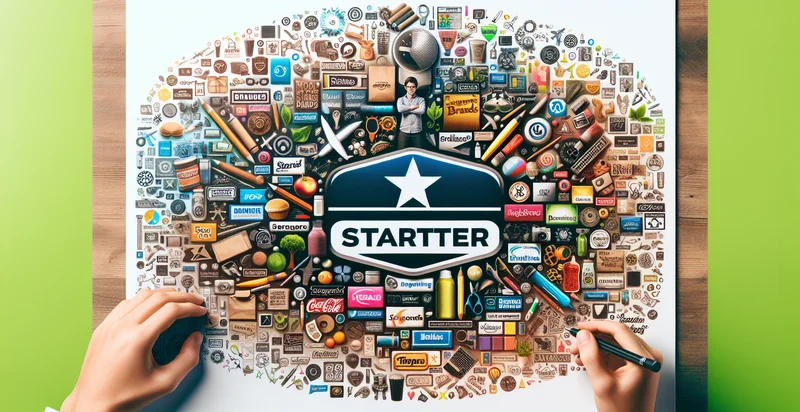Identify building block brands
using AI
Below is a free classifier to identify building block brands. Just upload your image, and our AI will predict what type of building block brand it is - in just seconds.

Contact us for API access
Or, use Nyckel to build highly-accurate custom classifiers in just minutes. No PhD required.
Get started
import nyckel
credentials = nyckel.Credentials("YOUR_CLIENT_ID", "YOUR_CLIENT_SECRET")
nyckel.invoke("building-block-brands", "your_image_url", credentials)
fetch('https://www.nyckel.com/v1/functions/building-block-brands/invoke', {
method: 'POST',
headers: {
'Authorization': 'Bearer ' + 'YOUR_BEARER_TOKEN',
'Content-Type': 'application/json',
},
body: JSON.stringify(
{"data": "your_image_url"}
)
})
.then(response => response.json())
.then(data => console.log(data));
curl -X POST \
-H "Content-Type: application/json" \
-H "Authorization: Bearer YOUR_BEARER_TOKEN" \
-d '{"data": "your_image_url"}' \
https://www.nyckel.com/v1/functions/building-block-brands/invoke
How this classifier works
To start, upload your image. Our AI tool will then predict what type of building block brand it is.
This pretrained image model uses a Nyckel-created dataset and has 20 labels, including 3Doodler, Blockaroo, Brio, Bristle Blocks, Cardboard Blocks, Duplo, Eco-Friendly Blocks, Geomag, K'Nex and Lego.
We'll also show a confidence score (the higher the number, the more confident the AI model is around what type of building block brand it is).
Whether you're just curious or building building block brands detection into your application, we hope our classifier proves helpful.
Related Classifiers
Need to identify building block brands at scale?
Get API or Zapier access to this classifier for free. It's perfect for:
- Brand Compliance Monitoring: This use case focuses on ensuring that retail stores and consumers adhere to branding guidelines. The false image classification function can identify improperly displayed brand signs or logos, allowing companies to enforce compliance and maintain brand integrity.
- Product Authenticity Verification: Retailers can leverage this function to distinguish between genuine and counterfeit items based on their visuals. By analyzing submitted images of products, the system can flag potential fakes, thereby protecting brand reputation and consumer trust.
- Marketing Campaign Effectiveness: Brands can assess the performance of their marketing efforts by analyzing consumer-generated images. The false image classification function can differentiate between authentic brand representations and misleading ones, guiding future campaign strategies.
- Social Media Monitoring: Businesses can use this tool to scan social media platforms for user-generated content that misrepresents their brands. By identifying false images linked to their branding, companies can respond quickly and mitigate potential reputational risks.
- E-commerce Quality Control: Online platforms can enhance the customer shopping experience by employing this function to check listing images. It can identify and filter out false representations, ensuring that customers see accurate images corresponding to the products being sold.
- Brand Sentiment Analysis: By analyzing the imagery associated with their brands, companies can gauge the public’s emotional response. The function can differentiate between positive brand images and misleading ones, providing valuable insights into consumer sentiment.
- Franchise and Affiliate Oversight: Franchisors can use this function to ensure that their affiliates and franchisees properly represent the brand visually. By monitoring images associated with these operations, companies can maintain brand consistency and correct any deviations due to false portrayals.


